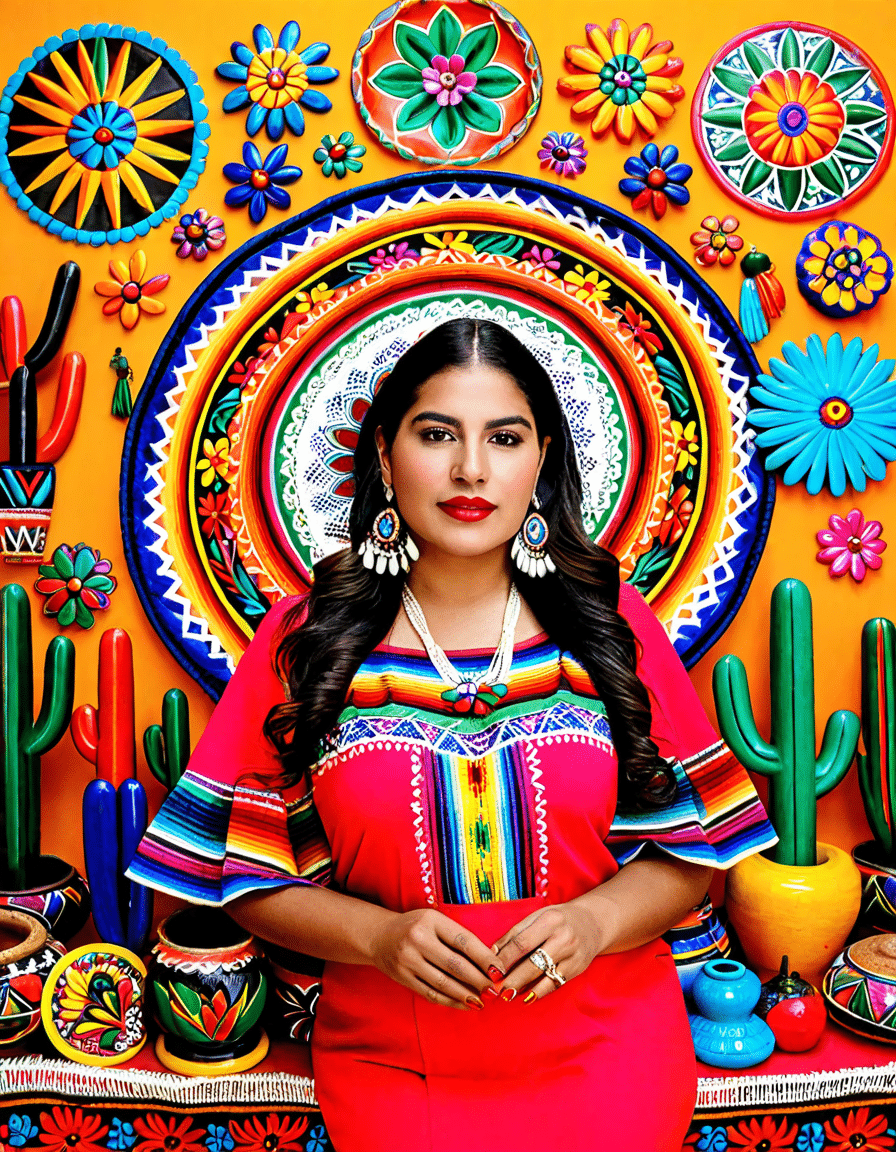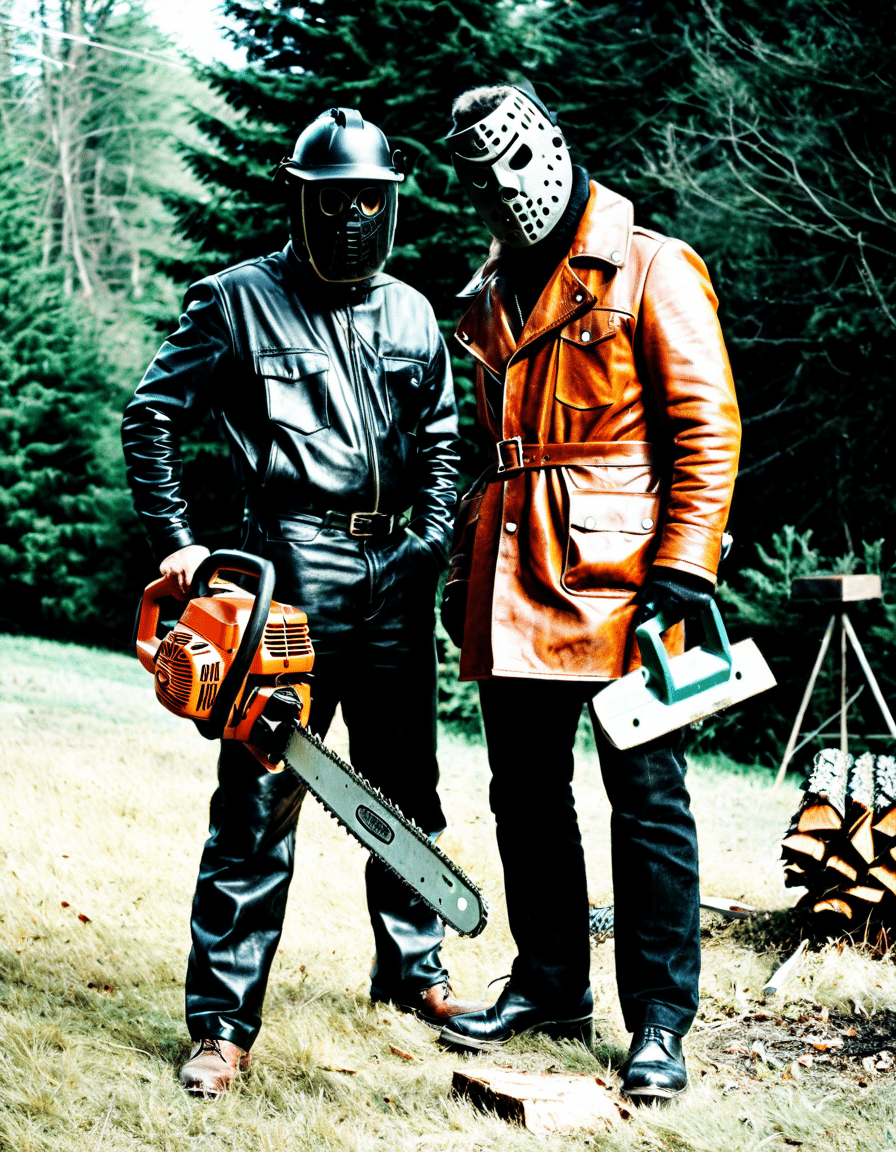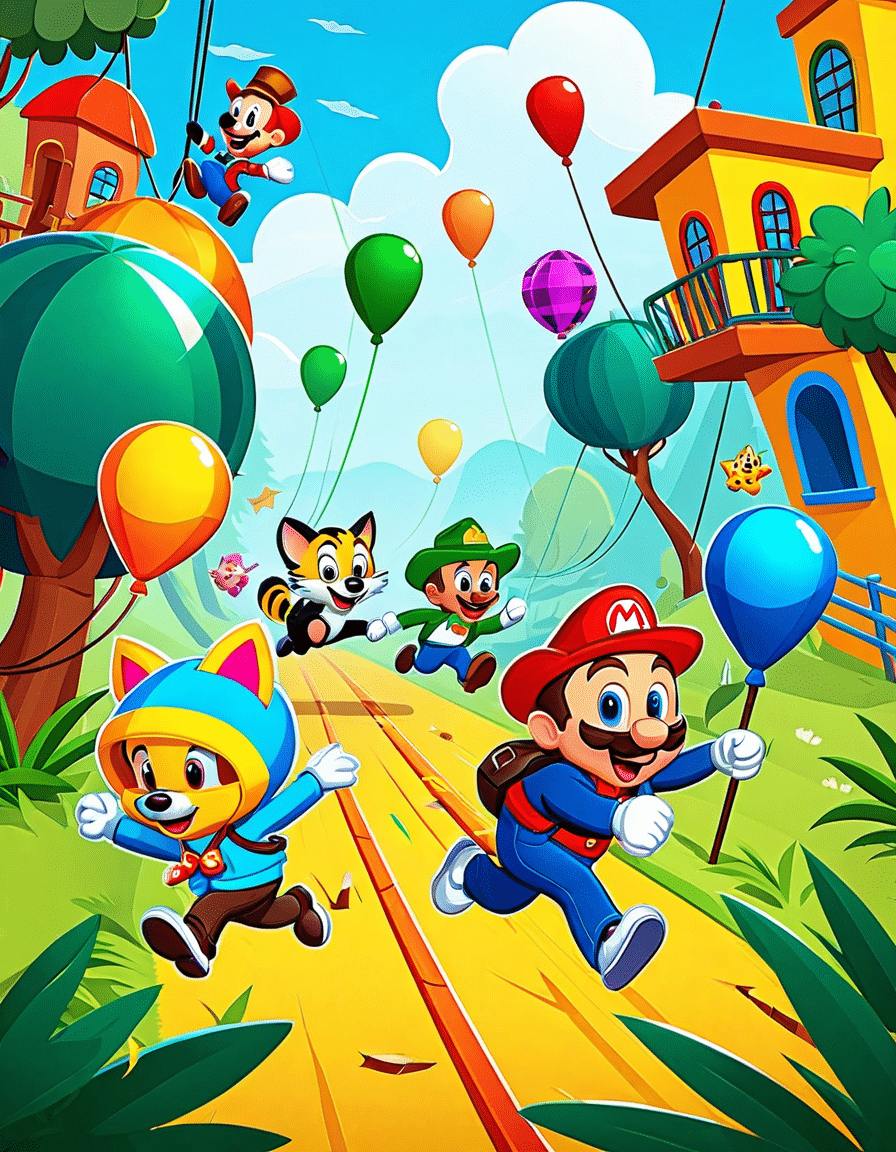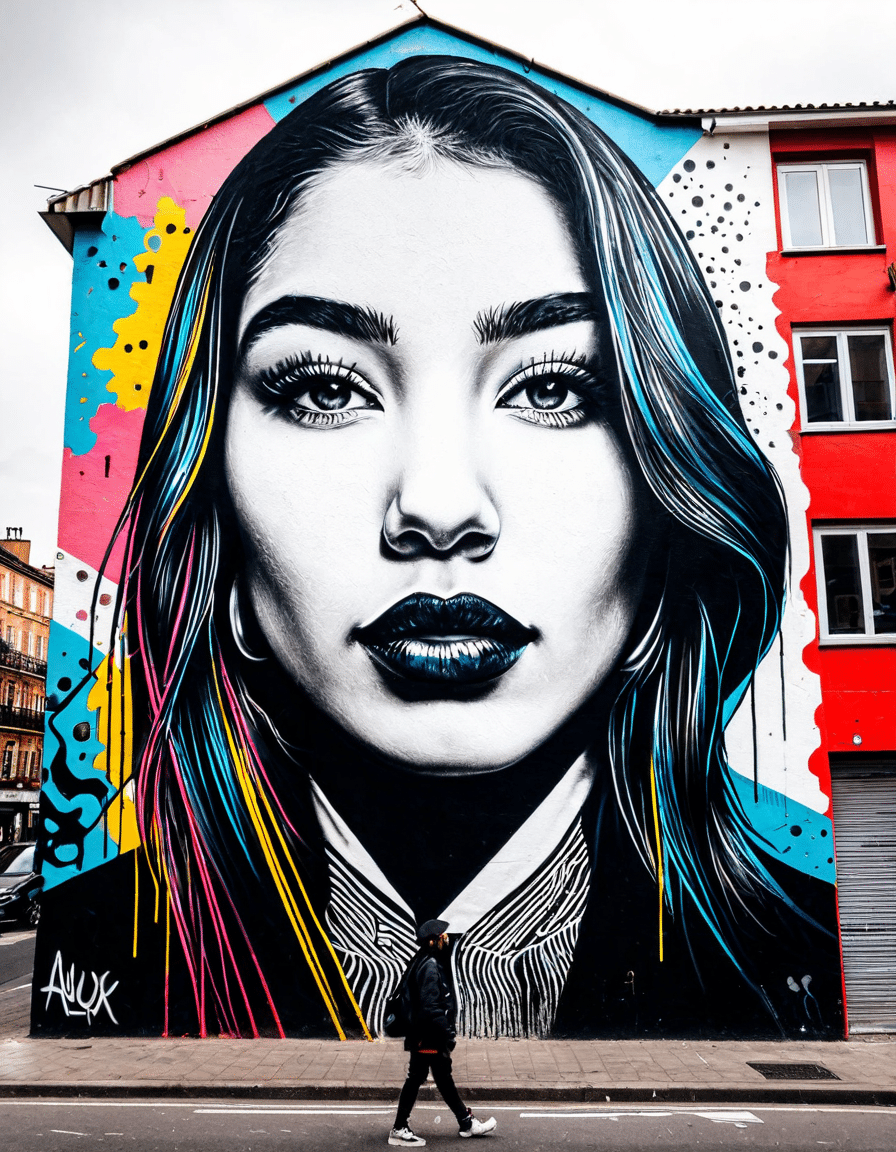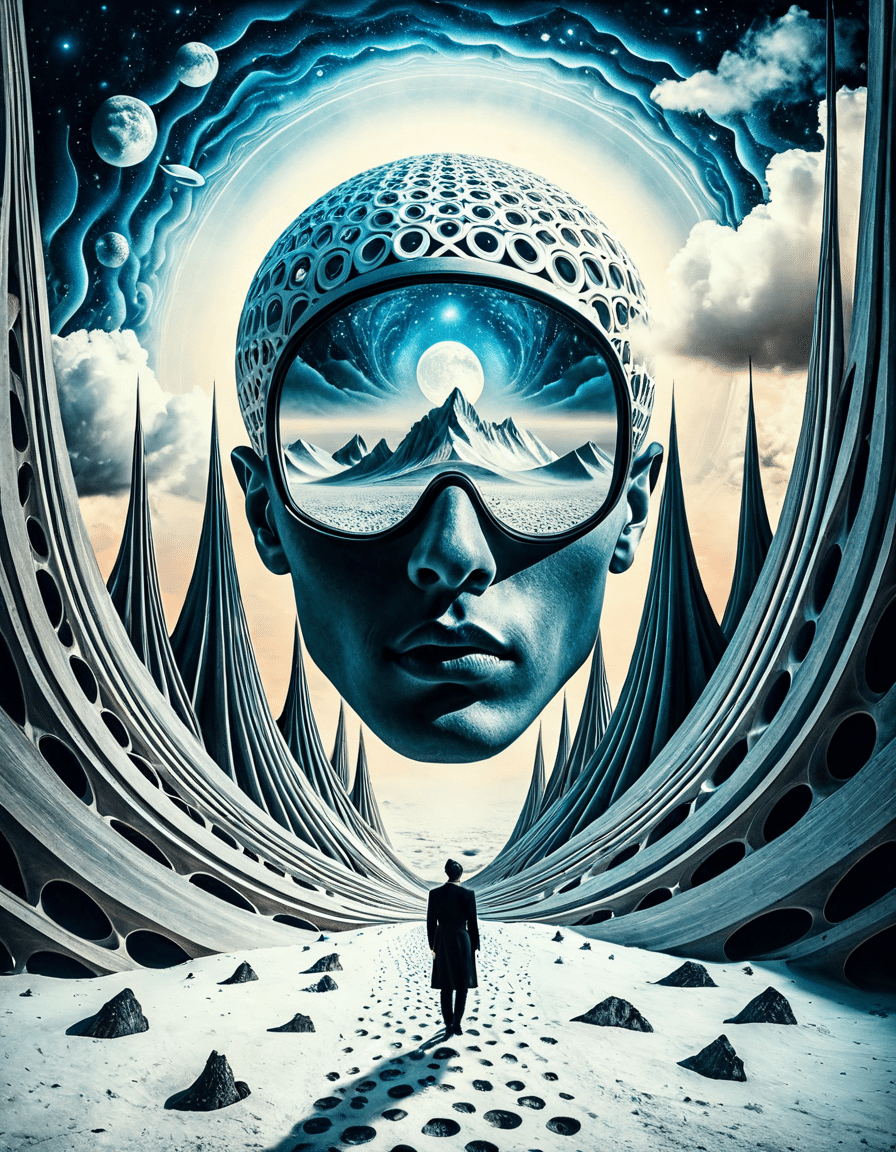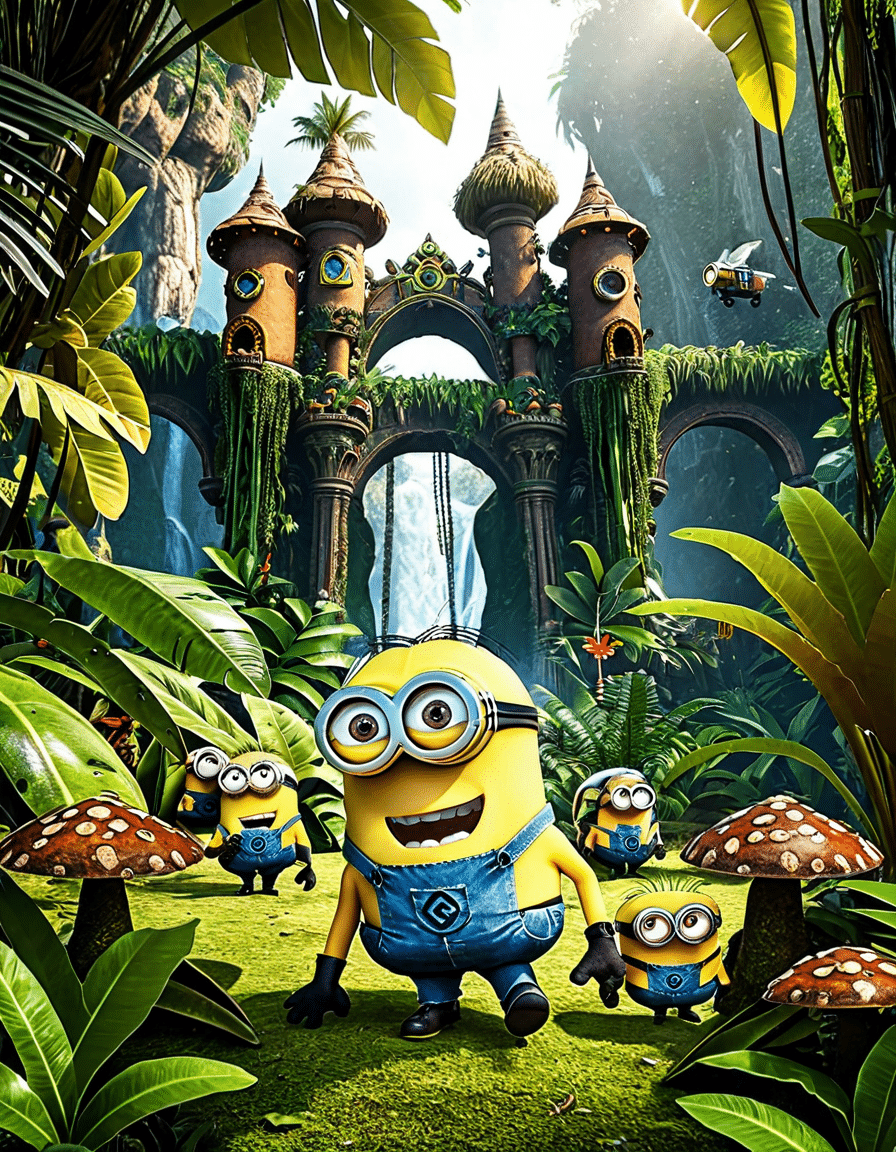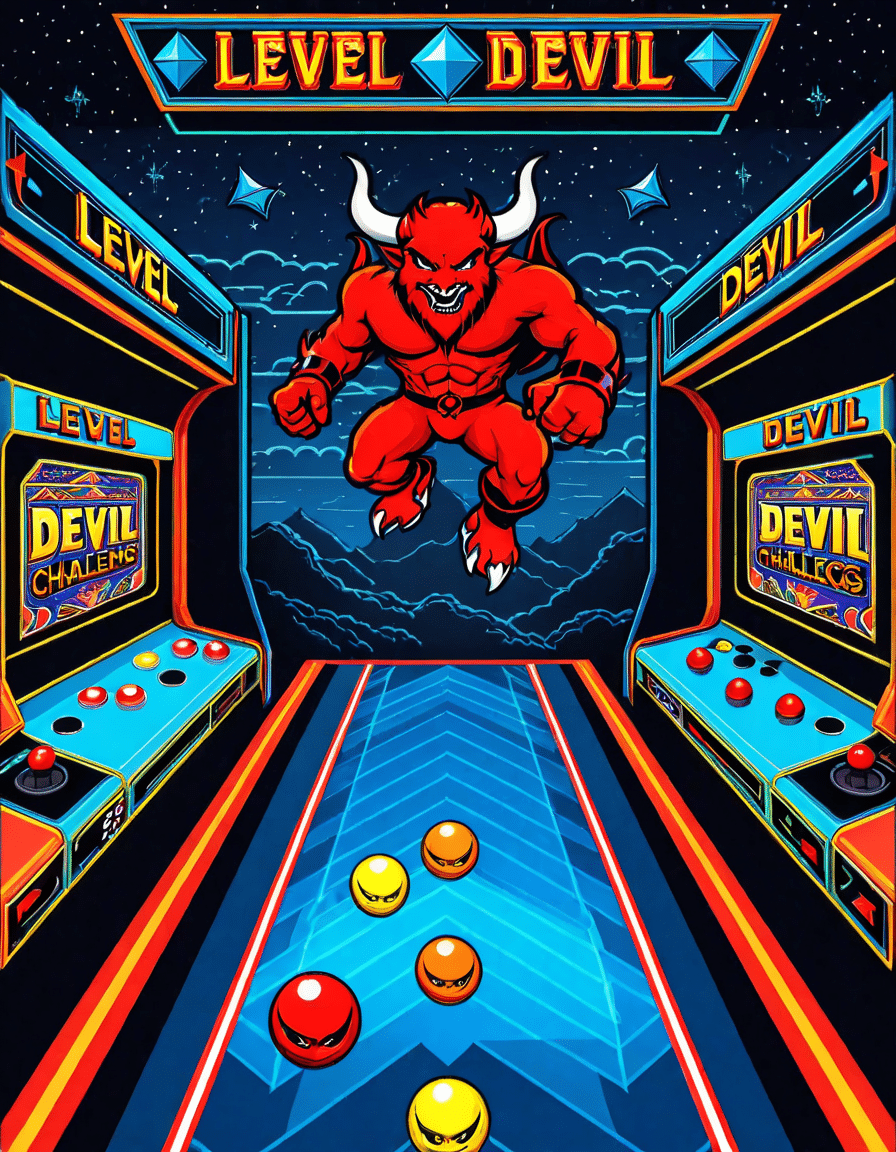
1. The Allure of Leather Face: Fear and Identity in Horror Cinema
Leather Face, the infamous character from the “Texas Chainsaw Massacre” franchise, has managed to engrave himself into the very fabric of horror cinema. First introduced in 1974 by Tobe Hooper, this chainsaw-wielding maniac stands as a disturbing emblem of fear and societal angst. His origin and evolution speak volumes about our cultural hang-ups and anxieties, making Leather Face more than just a masked killer; he’s a mirror reflecting the fragmented state of humanity and its struggles.
Leather Face emerged during a time when America was grappling with societal decay—Vietnam, political corruption, and urban decay all made their mark. Horror filmmakers like Hooper tapped into these sentiments, crafting narratives that resonated with audiences. The character of Leather Face embodies this disillusionment, using a disfigured visage to challenge our understanding of identity and human nature, all while wrapping it in a cloak of terrifying fiction.
The reason we latch onto Leather Face lies in his complexity. He doesn’t fit neatly into the mold of a simple villain. Instead, his character evokes questions around identity and societal expectations, reflecting deeper issues of mental illness and alienation. As we dissect the narrative of Leather Face, we come to understand that his terror is intricately linked to real-world fears, dampening the lines between monster and man.
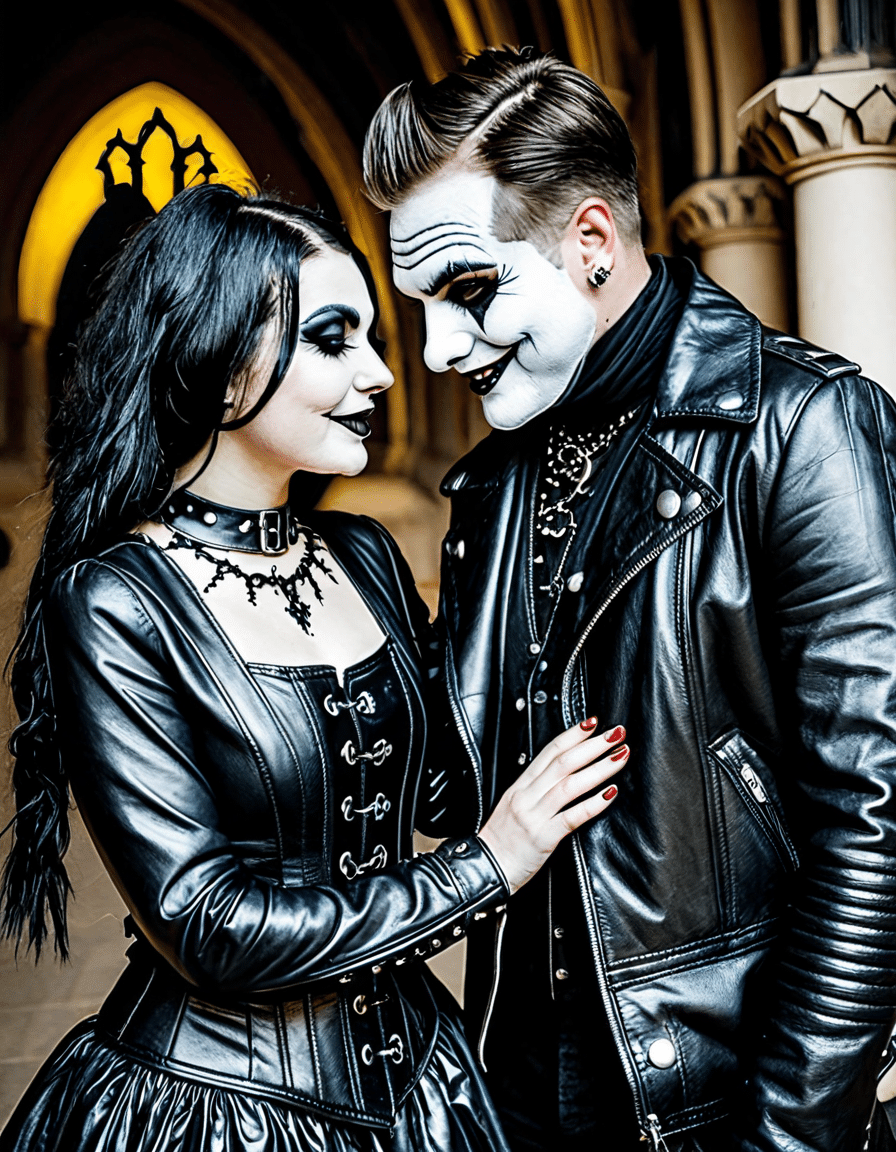
2. Top 7 Moments Where Leather Face Redefined Horror
The very first reveal of the chainsaw in the original film stands as a pivotal moment in horror history. With a roar that echoed through theaters, Leather Face unleashed a brutal wake-up call to moviegoers. This scene not only introduced a menacing weapon but also cemented the chainsaw as a symbol of horror, influencing films like “Kill Bill,” where weapons articulate character identity and narrative conflict.
The infamous dinner table scene in the original film fills viewers with dread and discomfort. Leather Face’s grotesque family dynamic reflects a bizarre take on traditional family values. Much like the darkly comedic undertones in “The Texas Chainsaw Massacre 2,” this unsettling family gathering highlights societal disintegration, whispering truths about our own fractured realities.
The many sequels produced over the years show how Leather Face has undergone continuous reinvention. Each installment offers a fresh perspective, with 2022’s “Texas Chainsaw Massacre” briskly thrusting our heavy-breathing friend into modern times. This isn’t just a nostalgic reliving; it’s a commentary on how technology and social media shape our fears today, reminiscent of the trending themes in children’s shows like “Paw Patrol.”
The human skin mask Leather Face dons serves as a powerful metaphor for identity and societal consumption. It’s a grim reflection that resonates with today’s culture—think of how fashion can sometimes feel like an ‘ugly sweater’ contest. Just like quirky holiday attire, this grotesque mask once again makes audiences grapple with their own identities amid societal expectations.
Over the years, Leather Face has evolved from being a simple antagonist to a character eliciting both fear and sympathy. This complexity echoes sentiments found in newer films like “Ghostear,” where viewers can’t help but feel pity for the victims of past traumas. The character straddles the line between predator and prey, forcing audiences to confront their own biases about sanity and monstrosity.
The “Texas Chainsaw Massacre” franchise stands like a cultural colossus, giving birth to an array of merchandise, games, and even crossovers within horror culture. Much like the diverse nature of brands like “Boxito,” which cater to varying consumer interests, Leather Face has become a cornerstone of horror fandom, keeping the flame of this grizzly legacy ablaze.
The cultural footprint of Leather Face extends beyond his own franchise; he’s shaped the archetype for modern horror villains. From the masked killers in “Scream” to the haunted souls in “The Conjuring,” the innovative terror he introduced continues to inspire filmmakers, creating a bridge between classic horror narratives and contemporary storytelling.
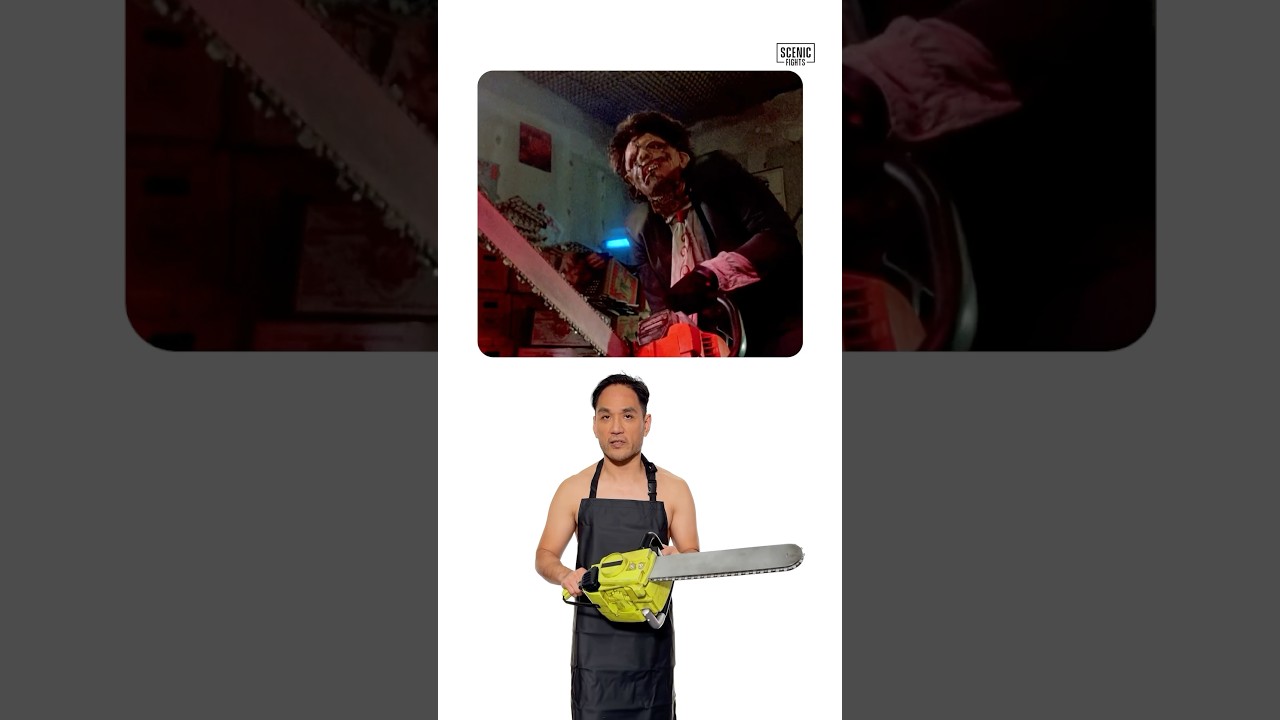
3. The Psychological Impact of Leather Face in Modern Culture
The imprint of Leather Face reverberates far beyond the frames of horror films. His character provides a compelling lens through which we can analyze trauma and societal manifestation. In an age where the media frequently debates violence and its representation, Leather Face invites scrutiny regarding mental health within horror cinema.
As audiences digest global discussions on violence in media, characters like Leather Face allow us to probe into deeper societal fissures. Is he the product of a fractured family, a misunderstood victim of circumstance? There lies fertile ground for dialogue on how we interpret mental illness and violence through the distorted perceptions of horror narratives.
Ultimately, Leather Face forces us to come to terms with our reactions to terror. Rather than merely labeling him ‘evil,’ we question what factors create such a figure, thus opening channels for empathy and understanding amid the gore and chaos.
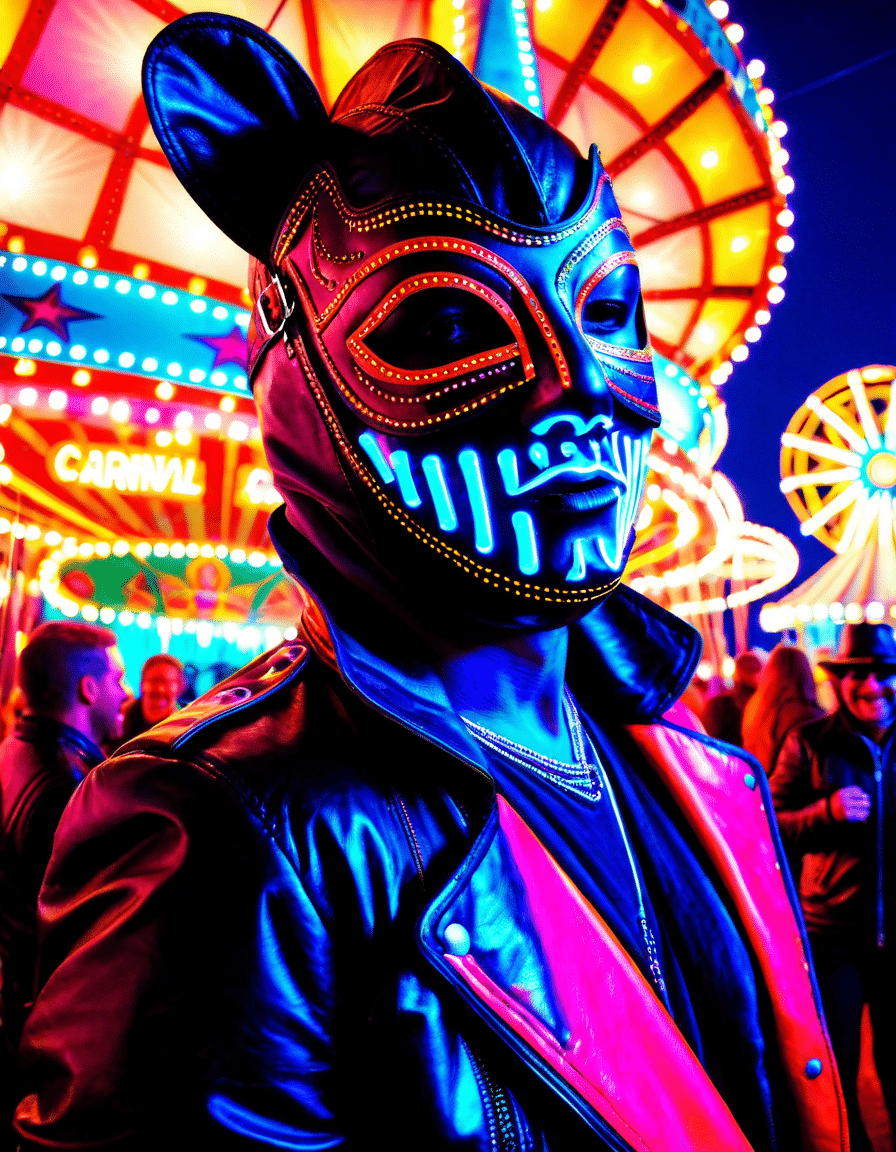
4. The Aesthetic of Horror: Fashion and Identity Through Leather Face
Taking a closer look at the aesthetic surrounding Leather Face, we realize that horror intersecting with fashion adds a fascinating layer to his identity. The grotesque nature of his appearance contrasts dramatically with modern fashion—where horror icons are celebrated and reinterpreted in various acceptable formats.
At horror conventions, fans proudly display Leather Face masks, mixing nostalgia with the glamorous spectacle of horror culture. This blending of seemingly opposing worlds elevates the discourse around traditional horror tropes and reinvigorates them for the current generation. With events showcasing character-driven narratives like those in “Pretty Scale,” Leather Face continues to inspire admiration and fear.
This evolving aesthetic highlights our society’s ongoing fascination with horror culture and identity. As we strive to understand ourselves, figures like Leather Face become allegories for our darkest inquiries, asserting their place not just in horror, but in the dialogue surrounding fashion, identity, and societal norms.
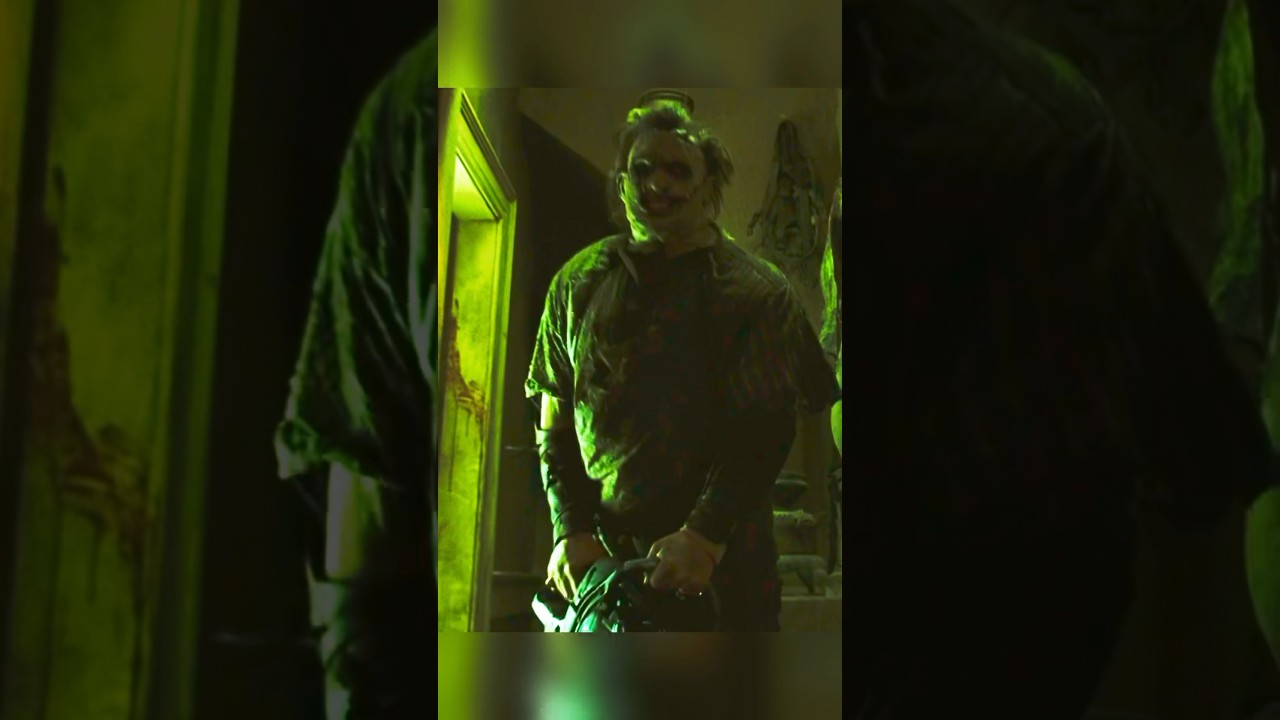
5. Reimagining Fear: Leather Face’s Role in the Future of Horror
As we glance into the future of horror films, the journey of Leather Face serves as a guiding light for storytelling that resonates with today’s audience. Advances in filmmaking technology and narrative design offer endless possibilities for character exploration. We can imagine future portrayals of Leather Face delving into profound psychological realms that challenge social norms and invoke new fears.
The legacy Leather Face embodies isn’t merely about terror; it’s also about sparking reflections on our identities and societal structures. As horror continues to evolve, characters like Leather Face remind us to explore contemporary fears while paying homage to their unique histories.
In essence, Leather Face isn’t just a masked figure brandishing a chainsaw; he’s a haunting commentary on what terrifies us most. The scary stories we tell often reveal our deepest anxieties, fears of identity, and confrontations with the unknown. As we move forward, embracing these complexities will ensure that the legend of Leather Face remains a formidable part of the horror landscape, continually challenging how we engage with terror on the silver screen.
With a narrative pulsating with fear, identity, and societal reflections, Leather Face etches himself forever into our cinematic memory and lives. His legacy transcends the boundaries of horror, evolving into a timeless examination of the human condition. In a rapidly oscillating world of narratives, may we always remember to peer beyond the chainsaw to confront the shadows of our own realities.
Leather Face: The Iconic Horror Legend of Fear
The Origins of Leather Face
Leather Face, the terrifying character from The Texas Chainsaw Massacre, first stalked onto the screens in 1974, leaving an indelible mark on horror cinema. The character was inspired by the real-life figure Ed Gein, whose gruesome activities included skinning corpses and creating eerie artifacts. This dark inspiration helped cultivate Leather Face as a symbol of fear and madness, making him an unforgettable icon. Interestingly, did you know that the actor who portrayed him, Gunnar Hansen, developed a unique character backstory? He infused layers of personality into the seemingly mindless killer, much like how dean cain has taken on various roles that reveal hidden depths.
Leather Face in Popular Culture
Over the decades, Leather Face has emerged as a pivotal figure in pop culture, populating various forms of media beyond films. Animated series have even featured the character, echoing his despair and brutality. This elongation of his character has caught the attention of many, leading to parodies and adaptations that redefine horror. Just like the diverse collections you can find in the michael Kors Bags sale, Leather Face’s many iterations demonstrate his adaptability and stay in the public’s eye.
Moreover, his likeness has even inspired a variety of merchandise, similar to how Alexa Precio has garnered attention for her unique approach to fashion content. Fans often don costumes, attend conventions, or share memes, keeping the legend alive. It’s remarkable how a figure born from horror evokes such creative expressions and means of connection for fans.
Leather Face’s Legacy: A Frightening Tale
When it comes to legacy, Leather Face stands as a chilling reminder of the thin line between humanity and monstrosity. His character embodies the essence of fear, alongside iconic figures like Pato Donald, who represents a different kind of fright can serve as a comedic foil—proving that not all horror legends wear their skins as a badge of honor. Leather Face’s jarring presence is akin to those juggernauts of talent in Hollywood, like Adamari Lopez, who have made their names known in multiple facets of entertainment.
In a curious twist, his story also reflects societal issues, tapping into deep-seated fears surrounding family, isolation, and survival. For many fans, the character resonates with them, sparking discussions about resilience and adaptation—much like analyzing the best States To raise a family, where social dynamics play a crucial role in shaping lives. So, whether you’re peeling back the layers of Leather Face’s chilling backstory or diving into conversations about society, there’s a wealth of intrigue waiting just beneath the surface. It’s a tale as rich and layered as pasta Lassar, with surprises at every turn.

Is Leatherface based off a real person?
Leatherface is loosely inspired by real-life figures, mainly Ed Gein, who was known for his gruesome antics. Gein’s story influenced not just Leatherface but many horror movies.
Why did Jackson become Leatherface?
Jackson became Leatherface through a series of traumatic events and a tough upbringing, leading him to adopt the persona as a means of coping with his environment.
How old was Leatherface when he died?
Leatherface is often depicted as dying in different contexts, but in the original 1974 film, he doesn’t have a confirmed age or a clear death, leaving some mystery around the character.
Did Leatherface fall in love?
While Leatherface doesn’t typically show romantic feelings, some adaptations hint that he has childlike emotions, if you can call them love.
Is the Texas Chainsaw Massacre house real?
Yes, the Texas Chainsaw Massacre house is a real location; it’s been preserved and can be visited, although it’s a bit different from how it appears in the film.
Why does Leatherface not talk?
Leatherface doesn’t talk much because his character is meant to represent a primal force of nature, and his silence adds to the terror of his persona.
Why did Jackson have a scar on his face?
Jackson had a scar on his face due to a traumatic incident from his past, which contributes to his backstory and character development.
How did Leatherface get so big?
He became big due to a mix of genetics and probably a rough lifestyle that required him to be physically imposing for work and survival.
Who is the lost Leatherface?
The “lost Leatherface” refers to characters or versions of Leatherface that were cut from various adaptations or not fully developed, creating a bit of mystery around the character’s lore.
Did Leatherface ever speak?
Leatherface does speak a little in some adaptations, but mostly he communicates through grunts and growls, which adds to his terrifying presence.
How tall was Leatherface in 1974?
In the 1974 film, Leatherface is typically depicted as a tall, imposing figure, standing around 6 feet tall, making him quite intimidating.
Who has survived Leatherface?
A few characters manage to survive his attacks throughout the film series, with Sally Hardesty from the original being one of the most notable survivors.
Why does Leatherface dance at the end?
He dances at the end of the film as a twisted expression of chaos and celebration after his hunting spree, which adds to the unsettling vibe.
How to survive Leatherface?
To survive Leatherface, it’s best to stay quiet, avoid him in his territory, and seek help quickly if you find yourself in a dangerous situation.
Was Leatherface an inbred?
There are hints in some stories that Leatherface may have inbred roots, contributing to his distorted personality and physical traits.
What happened to Jackson’s face in Leatherface?
Jackson’s face was scarred due to family trauma and abuse that he faced as a child, shaping him into Leatherface over time.
How did he become a Leatherface?
He became Leatherface through a combination of family legacy, trauma, and a need to create a persona that could cope with his horrors.
Did Jackson love Lizzie in Leatherface?
Though it appears complicated, Jackson did care for Lizzie; his emotions are often mixed and deeply influenced by his troubled past and circumstances.
Why did Leatherface become a killer?
Leatherface became a killer largely due to his upbringing, societal isolation, and being shaped by a family that thrived on violence, leading him down a dark path.





